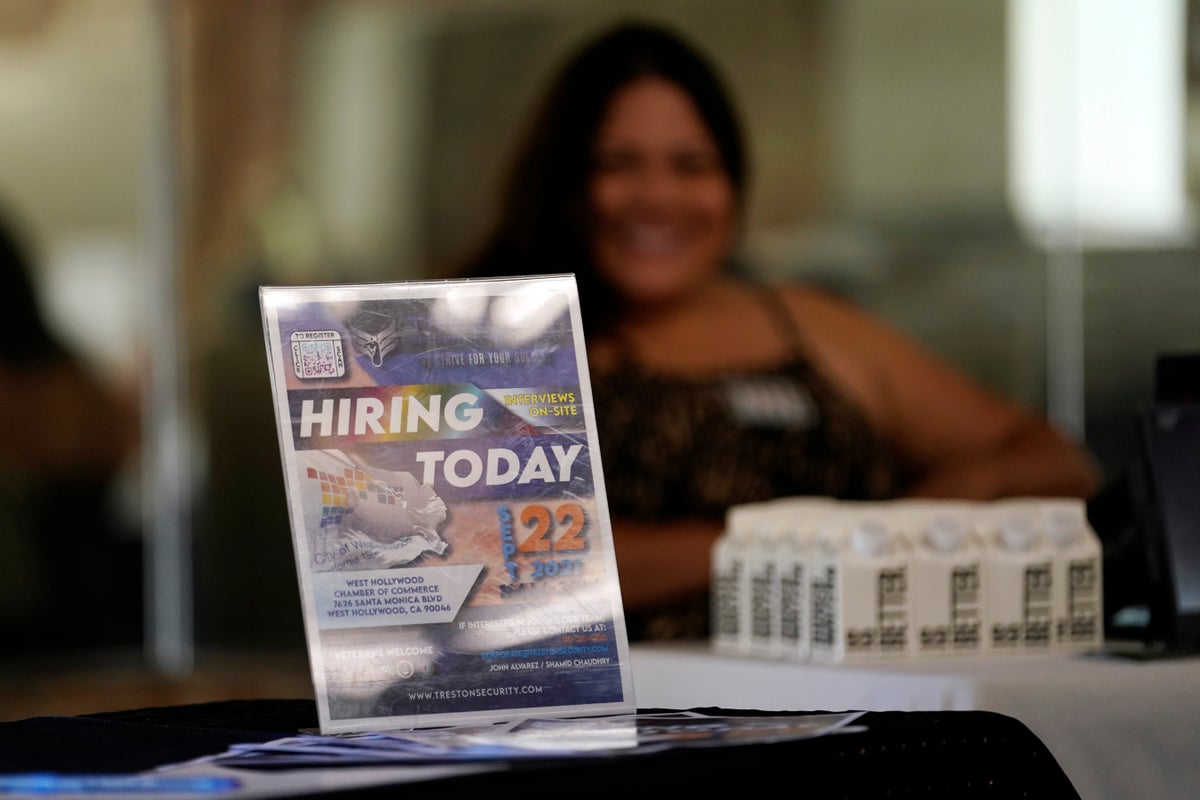
Did young adults who came of age in the 21st century stay put in the communities they grew up in, or did they move away? If they moved, where did they go to, and did the prospect of higher wages elsewhere motivate them?
These were some of the questions researchers from Harvard University and the U.S. Census Bureau tried to answer in a new study released Monday.
Their study found that millennials haven’t strayed very far.
By age 26, more than two-thirds of young adults in the U.S. lived in the same area where they grew up, 80% had moved less than 100 miles (161 kilometers) away, and 90% resided less than 500 miles (804 kilometers) away. Migration distances were shorter for Black and Hispanic individuals, compared to white and Asian young adults, and the children of higher income parents traveled farther from their hometowns than those of less wealthy parents.
Here is a guide to help localize your coverage. It can be paired with the AP stories Census-Young Adult Migration and Census-Young Adult-Destinations, which moved Monday.
SHOULD I STAY OR SHOULD I GO?
What makes this study really interesting is a data tool the researchers created that allows users to input their communities to see what percentage of young adults stayed put or moved, and if they moved, where they migrated to. The data tool also breaks this down by demographic background and the income of the families the young adults came from: https://migrationpatterns.org/?utm_campaign=20220725mspios1ccpuprs&utm_medium=email&utm_source=govdelivery.
COMMUTING ZONES
The communities in the study are broken down by what are known as commuting zones. Commuting zones are made up of one or more counties that reflect a local labor market, and there are more than 700 commuting zones in the U.S. For instance, the commuting zone for Orlando, Florida, would include Orange County, the city’s actual home, but also neighboring Lake, Osceola and Seminole counties. Here’s where you can find the commuting zones in your area: https://www.ers.usda.gov/data-products/commuting-zones-and-labor-market-areas/.
SLOWING MIGRATION
The reluctance of millennials to move far away is backed up by recent studies showing declines in mobility in the U.S. for the overall population. In the middle of the last century, about a fifth of U.S. residents moved each year. That figure has dropped steadily since the 1950s, going from about 20% to 8.4% last year, due to an aging population, dual-income households that make it more difficult to pick up and move and, more recently, the pandemic. Some recent studies have done deep dives into this topic and can help you provide context beyond just young adults.
This Brookings study examines the impact of the pandemic on domestic migration in the U.S.: https://www.brookings.edu/research/despite-the-pandemic-narrative-americans-are-moving-at-historically-low-rates/.
This recent Pew Research Center study shows that a quarter of U.S. adults ages 25 to 34 resided in a multigenerational family household in 2021, up from 9% in 1971. The age groups in the Pew study and the study by the Census Bureau and Harvard University researchers overlap to some degree: https://www.pewresearch.org/fact-tank/2022/07/20/young-adults-in-u-s-are-much-more-likely-than-50-years-ago-to-be-living-in-a-multigenerational-household/?utm_source=Pew+Research+Center&utm_campaign=cd4c26f4f2-WEEKLY_2022_07_23&utm_medium=email&utm_term=0_3e953b9b70-cd4c26f4f2-399802629.
STORY IDEAS
— Use the data tool to figure out what rate of young adults in your community stayed put and what percentage moved away. Check to see if there were any variations by demographic background or family income. For instance, in St. Louis, 81% of Black young adults stayed there compared with 73% of white young adults. Interview city planners in your community to find out what motivates young adults to move away and what steps city officials are taking to retain them. Talk to young adults born between 1984 and 1992 about their reasons for staying put.
— Find out where the most popular destinations were for young adults who moved away, and whether there were differences by demographic or income backgrounds. For young adults who grew up in Chicago, as an example, Los Angeles was the most popular destination for white young adults who moved out of state but it was New York for Asian young adults. Track down young adults who have moved away from your communities and interview them about their reasons for leaving. Find out if there are any ties to their hometowns that they’ve found in their new communities, such as a bar that broadcasts Cubs games or a deep dish pizzeria for the Chicago transplants.
— Conversely, use the data tool to see which commuting zones young adults who moved to your community came from. Interview them to find out what motivated them. Did they move from larger or smaller cities? Were they motivated by jobs or families? Real estate agents and homeowners associations in new developments are good places to start for finding young adults who have moved to your community.
— The New Great Migration is a trend demographer William Frey highlighted two decades ago to reflect the migration of Black people to Southern cities, decades after their parents or grandparents had moved from the South to northern cities for economic opportunities and to escape Jim Crow laws: https://www.brookings.edu/research/the-new-great-migration-black-americans-return-to-the-south-1965-2000/.
If you are in a community in the U.S. South, check to see if the top places young adults have moved from in the 21st century continues this migration trend.
___
Follow Mike Schneider on Twitter at https://twitter.com/MikeSchneiderAP







